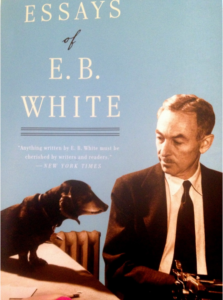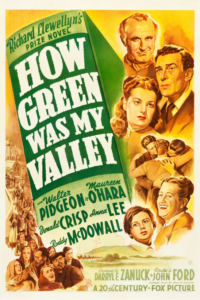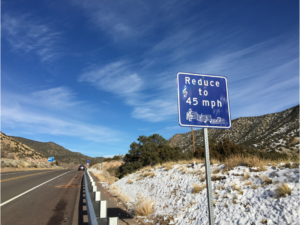The Things That Make Life Meaningful
“Gratitude is not only the greatest of virtues, but the parent of all the others.” – Cicero

Typically, we take our biggest blessings – our health, our freedom, our friendships, and the miracle of our very existence – for granted. Ironically, gratefulness for those blessings arrives only in their absence.
Many self-improvement gurus recommend taking some time out every day to acknowledge these benefits. I have done that. I drew up a list of about a dozen really important things that I should be grateful for, starting with my existence and then followed by my mental health, my physical health, my marriage, my children, my extended family, my career, etc.
For years, I read this list out loud first thing every morning, trying to will myself into a state of gratitude. It rarely happened.
The problem, I think, is that these very important things are so abstract. My rational brain recognizes their importance, but my limbic brain is busy wanting to get on with my life.
Recently, I’ve found a better way. I extended the list beyond the important things to the less-important things, including some that are downright trivial. And then, rather than starting at the top – with the most important things – I start at the bottom.
For example:
The Preciousness of Little Things
- Waking up next to someone I feel lucky to be living with, even if she’s upset with me and giving me the silent treatment.
- Stepping out on the bedroom porch and looking at the ocean.
- My morning shower: that luxurious blanket of hot water that gently eradicates the aches and pains of yesterday’s exercise and loosens up my neck and shoulders.
- A favorite article of clothing I “gift” myself with each day: a well-worn pair of jeans; a comfortable pair of shoes; a watch or bracelet.
- That first cup of black coffee and a slice of bread and peanut butter.
- The 15 minutes I spend each morning looking over my schedule and daily agenda and imagining how much I’m going to enjoy getting my work done.
- Having the option to spend the next hour or two focusing on work that really matters to me.
- Paying happy attention to any of the 100+ works of art that line every wall and alcove.
- Listening to a good book on my way to work.
- The hour I spend playing Brazilian Jiu Jitsu from 11 to 12 each day.
- After lunch, my first cigar. Usually a Padron Aniversario.
Etc. etc.
Those are the quotidian pleasures. There are also many occasional ones, such as…
* Solving The New York Times crossword on Sundays.
* Friday afternoon “xtreme” bocce ball games with friends at Veteran’s Park next to the Intracoastal.
* Friday nights with friends at my Cigar Club, a warehouse I converted into a “man cave” several years ago. The happiest nights are when, after boring ourselves silly for an hour or two, our spouses drop in to liven things up.
* Giving tours of Paradise Palms, the botanical garden I’ve been building in West Delray Beach these past several years.
* Hanging out with the extended family every Sunday.
Etc. etc.
I’ve found that it’s easier for me to be thankful for the small things in the morning and then move on to the bigger things as the day ages.
The Homework Assignment That Will Change Your Life
Today, make a list of at least a dozen smallish things you enjoy. Ignore the “important” things that you feel you should be thankful for. Focus on the smaller things that you actually enjoy.
Then, starting tomorrow, spend your “gratitude” time thinking about how much you enjoy these small gifts. Keep at it for a few weeks and you will find that you will become grateful, too, for the bigger things – eventually even the amazing and blessed fact of your existence!






